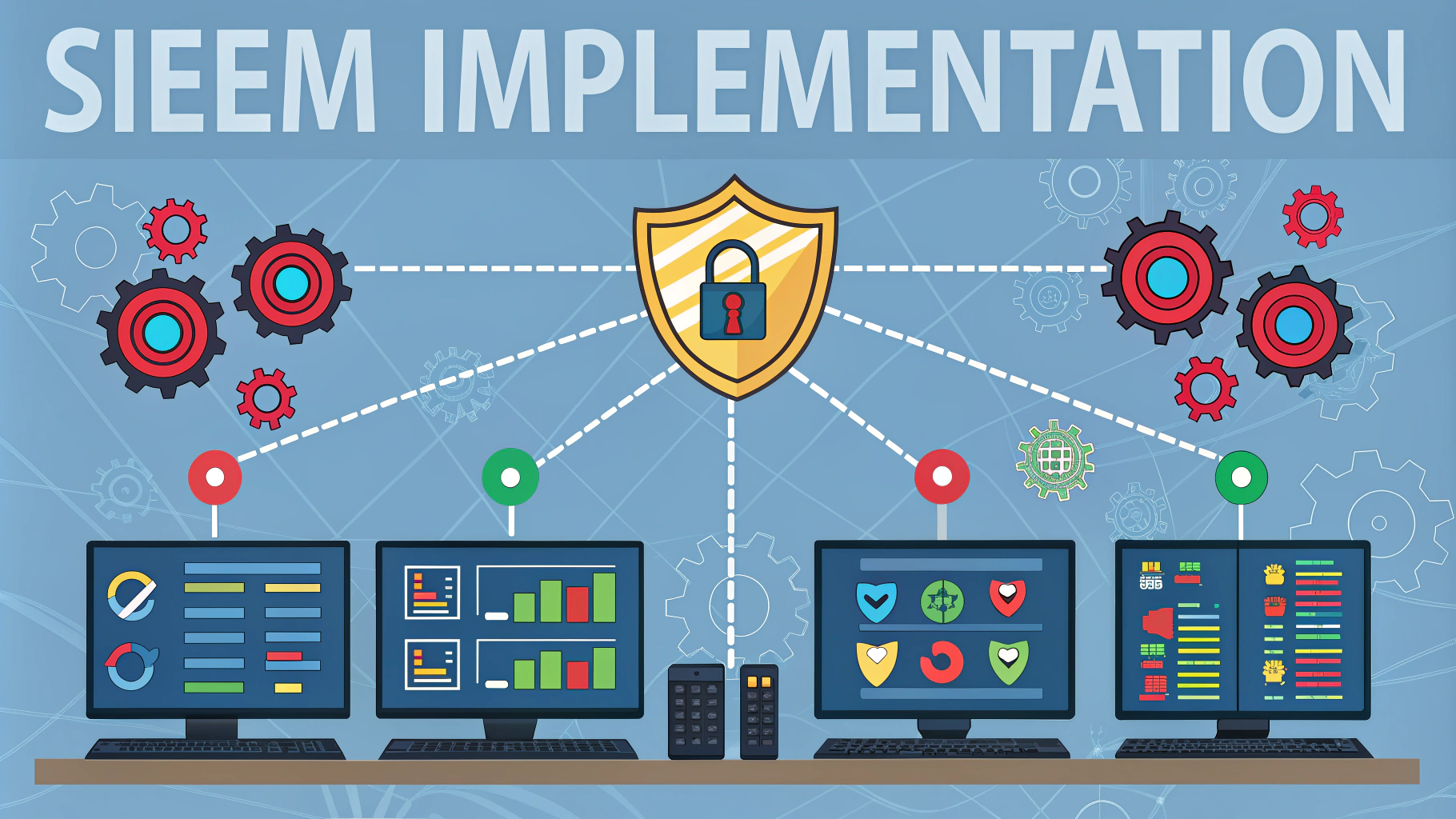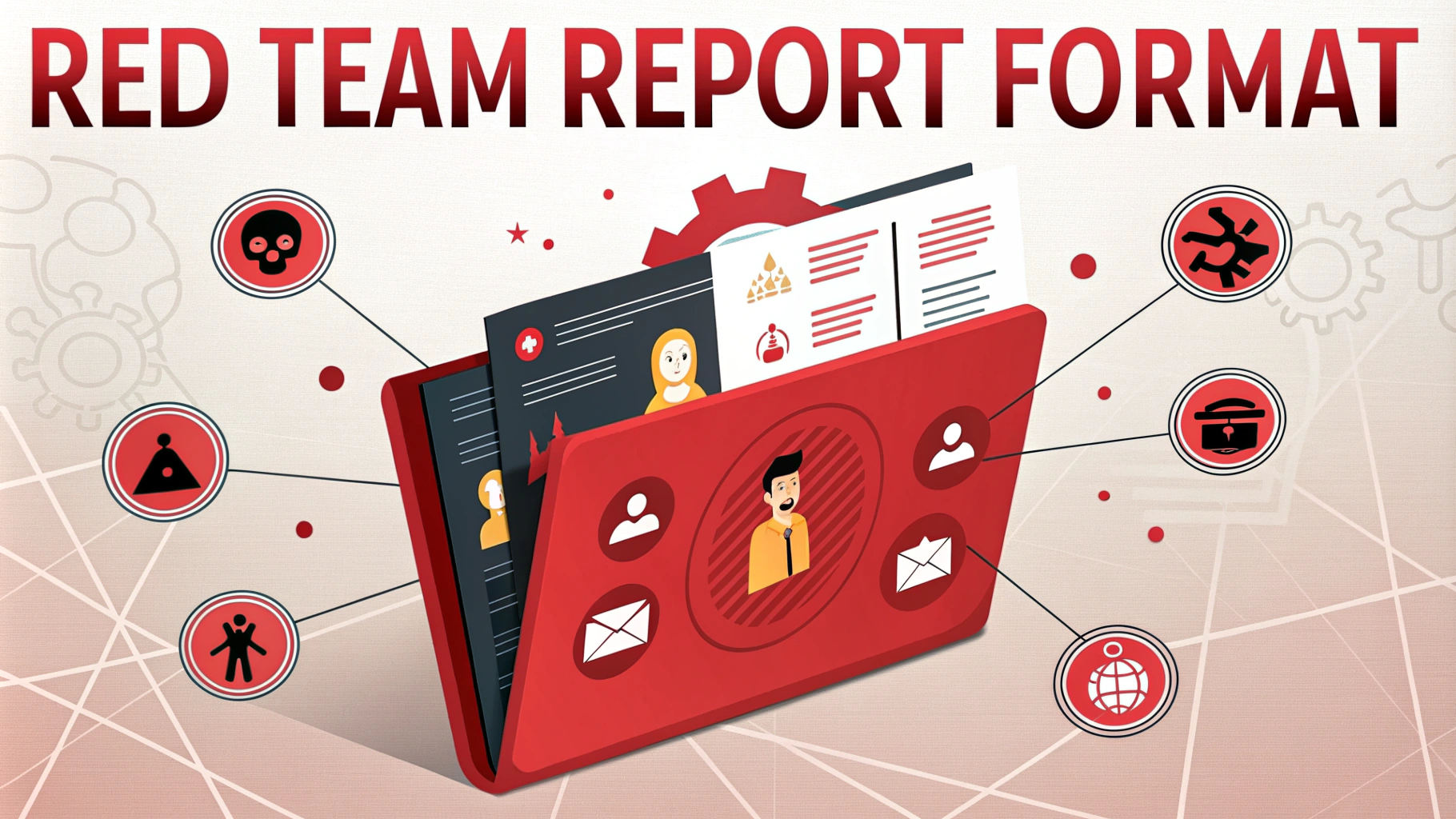Penetration testing, also known as pen testing or ethical hacking, is a systematic process of testing computer systems, networks, and applications to find security weaknesses that attackers could exploit.
Quick Overview
A pen test simulates real-world cyber attacks to identify vulnerabilities before malicious hackers can find and exploit them.
Main Types of Penetration Testing
- Network Penetration Testing: Identifies vulnerabilities in network infrastructure
- Web Application Testing: Finds security flaws in websites and web applications
- Mobile App Testing: Checks security of iOS and Android applications
- Social Engineering: Tests human elements and security awareness
- Physical Penetration Testing: Evaluates physical security controls
Key Phases of a Pen Test
- Planning & Reconnaissance: Gathering information about target systems
- Scanning: Using tools to identify potential entry points
- Gaining Access: Attempting to exploit discovered vulnerabilities
- Maintaining Access: Testing persistence capabilities
- Analysis & Reporting: Documenting findings and recommendations
Popular Penetration Testing Tools
- Metasploit: Exploitation framework
- Nmap: Network scanning
- Wireshark: Network protocol analysis
- Burp Suite: Web application testing
- John the Ripper: Password cracking
Benefits of Regular Pen Testing
- Identifies security gaps before attackers do
- Meets compliance requirements (PCI DSS, HIPAA, etc.)
- Tests incident response capabilities
- Protects customer data and company reputation
- Validates existing security controls
Getting Started with Pen Testing
Begin with learning environments like Hack The Box or VulnHub to practice safely.
Certifications Worth Considering
- CompTIA PenTest+
- Certified Ethical Hacker (CEH)
- GIAC Penetration Tester (GPEN)
- Offensive Security Certified Professional (OSCP)
Legal Considerations
Always obtain written permission before testing any systems or networks.
Additional Resources
Advanced Penetration Testing Concepts
Beyond basic testing methodologies, advanced penetration testing incorporates sophisticated techniques like red teaming, purple teaming, and continuous security validation.
Specialized Testing Areas
- Cloud Infrastructure Testing: Evaluating AWS, Azure, and GCP deployments
- IoT Security Testing: Assessing connected device vulnerabilities
- Wireless Network Testing: Checking Wi-Fi and Bluetooth security
- API Security Testing: Examining API endpoints and authentication
Emerging Technologies in Pen Testing
- AI-powered vulnerability scanning
- Automated exploitation frameworks
- Continuous security validation platforms
- Custom exploit development tools
Documentation Best Practices
- Detailed vulnerability descriptions
- Clear reproduction steps
- Risk severity ratings
- Practical remediation recommendations
- Executive summaries for stakeholders
Conclusion
Penetration testing remains a critical component of any comprehensive security program. As cyber threats evolve, organizations must maintain regular testing schedules and adapt methodologies to address new attack vectors. Success depends on combining technical expertise, proper planning, and clear communication of findings to stakeholders.
Key Takeaways
- Regular testing is essential for maintaining strong security posture
- Multiple testing types provide comprehensive coverage
- Proper documentation and reporting drive effective remediation
- Stay current with evolving threats and testing methodologies
- Always maintain proper authorization and scope definition
FAQs
- What is penetration testing and why is it important?
Penetration testing is a controlled cybersecurity assessment where security professionals attempt to exploit vulnerabilities in computer systems, networks, or applications to evaluate their security. It’s important because it identifies security weaknesses before malicious hackers can exploit them. - What are the different types of penetration testing?
The main types include network penetration testing, web application testing, wireless network testing, social engineering testing, physical security testing, and cloud penetration testing. - How often should organizations conduct penetration testing?
Organizations should conduct penetration testing at least annually, after major infrastructure changes, following significant application updates, or when required by compliance regulations like PCI DSS. - What’s the difference between vulnerability scanning and penetration testing?
Vulnerability scanning is automated and identifies known vulnerabilities, while penetration testing involves human testers who actively exploit vulnerabilities and attempt to breach systems using various techniques. - What are the phases of a penetration test?
The phases include reconnaissance, scanning, vulnerability assessment, exploitation, post-exploitation, and reporting. Each phase provides crucial information for the overall security assessment. - What certifications are important for penetration testers?
Key certifications include Certified Ethical Hacker (CEH), GIAC Penetration Tester (GPEN), Offensive Security Certified Professional (OSCP), and CompTIA PenTest+. - What tools are commonly used in penetration testing?
Common tools include Metasploit, Nmap, Wireshark, Burp Suite, Kali Linux, John the Ripper, and Aircrack-ng. - What should be included in a penetration testing report?
A penetration testing report should include an executive summary, methodology used, findings and vulnerabilities discovered, risk severity ratings, proof of concepts, and detailed remediation recommendations. - How does penetration testing help with compliance?
Penetration testing helps organizations meet regulatory requirements like GDPR, HIPAA, and PCI DSS by demonstrating due diligence in identifying and addressing security vulnerabilities. - What are the limitations of penetration testing?
Limitations include time constraints, scope restrictions, the possibility of system disruption, and the fact that it only provides a snapshot of security at a specific point in time.








